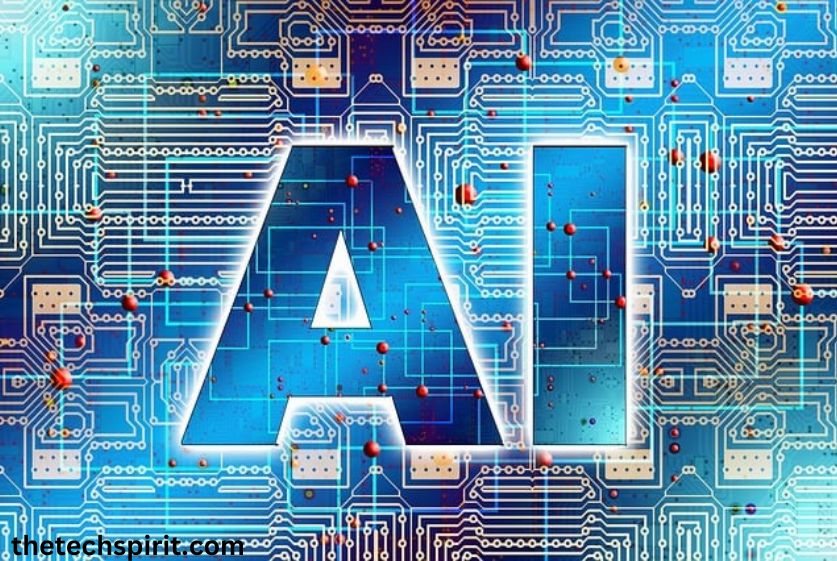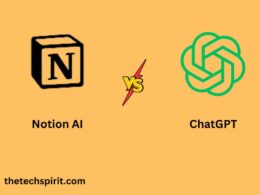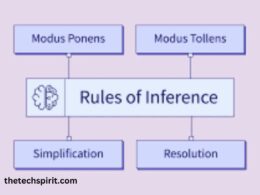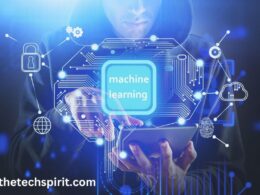Table of Contents
What is Artificial Intelligence?
The Myth of Artificial Intelligence (AI) refers to computer systems that can perform tasks that typically require human intelligence, such as visual perception, speech recognition, and decision-making. Key capabilities of AI include machine learning, natural language processing, robotics, and expert systems. Despite rapid advances, AI still has significant limitations compared to human cognition.
Current State of AI
The current state of AI consists primarily of narrow AI – systems focused on specific tasks like playing chess, scheduling, or searching. While impressive in narrow domains, even the most advanced systems lack the multifaceted general intelligence exhibited by humans. As a result, myths and misconceptions about AI’s current and future capabilities often arise.
Common The Myth of Artificial Intelligence and Misconceptions
Popular culture and media hype fuel various myths about artificial intelligence that exaggerate its present-day abilities.
AI is Superior to Human Intelligence
A common myth holds that specialized AIs have already surpassed human-level intelligence. In reality, even systems that dominate humans in games like chess and Go lack capacities that even young children possess, like transferring learning from one domain to another. Human intelligence remains far broader, more flexible, more creative, and more robust than today’s AI.
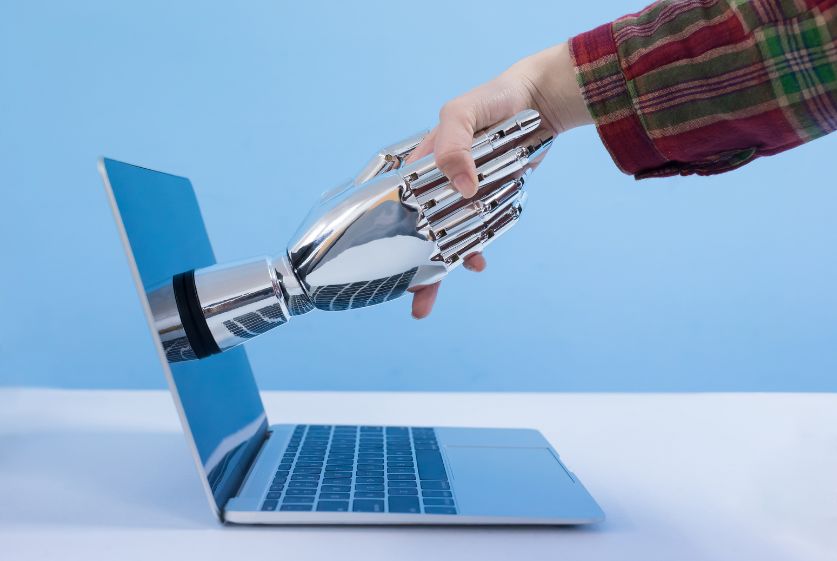
AI Will Take Over the World
The idea that unchecked artificial intelligence will evolve beyond human control and determine its objectives is a popular theme, as seen in movies like The Terminator.
In reality, today’s AI systems are engineered, trained, and operated by humans – they lack innate motives or goals. Fears of AI turning against people remain science fiction rather than science fact.
AI Lacks Emotion and Creativity
Another myth holds that AI systems cannot exhibit emotion or creativity, rendering their intelligence limited compared to humans. Yet machine learning algorithms already display emergent behaviors and outcomes their programmers do not directly code or anticipate.
As AI develops, we may see increasingly complex synthetic emotions and creativity, though still of a fundamentally different nature than the human experience.
Reality of AI’s Capabilities and Limits
In contrast to myths of AI achieving human dominance or superiority, its actual capabilities and limits highlight key constraints:
Narrow AI Versus General AI
Today’s narrow AI performs well on specific, well-defined tasks within constrained environments. But unlike humans, even the most advanced AIs cannot flexibly apply knowledge to open-ended real-world situations. Achieving such artificial general intelligence (AGI) remains an enormously difficult challenge requiring foundational scientific breakthroughs.

Data and Algorithm Limitations
AI systems rely heavily on training data. They can propagate biases, errors, or limitations within that data – “garbage in, garbage out.” Algorithms also set constraints: programming tradeoffs impact how AIs perceive, reason, and make decisions about complex real-world contexts. Matching flexible human cognition remains extremely difficult.
Oversight and Control Mechanisms
Researchers employ testing, ethics review boards, and other oversight mechanisms to maximize AI safety and security. Rather than uncontrolled intelligence, modern systems feature extensive human-designed programming, limits, and monitoring to ensure appropriate bounded behavior aligned with human values and priorities.
The Future of Artificial Intelligence
While AI development faces huge challenges, steady progress makes the technology an increasingly integral part of our economic and social systems – with both promise and risks ahead.
Promise and Potential
AI enables beneficial applications across domains like healthcare, transportation, agriculture, and environmental sustainability. Continued progress will likely lead to both broadly distributed and highly specialized benefits improving human life. Researchers caution that human-level artificial general intelligence, if achievable, remains at a minimum decades away.
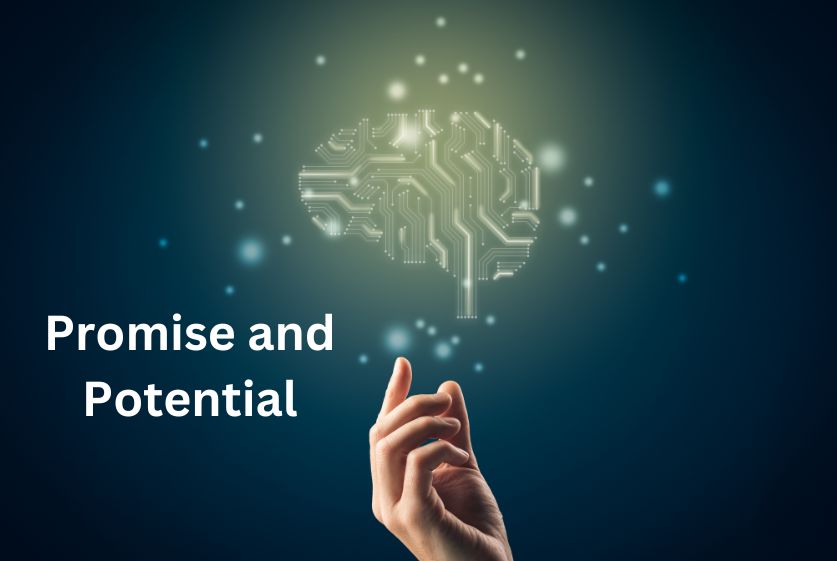
Risks and Challenges
The transformative power of AI also poses complex policy challenges related to economics, ethics, governance, privacy, and security.
Researchers uniformly stress the critical importance of collaborative, multidisciplinary efforts between technologists, domain experts, social scientists, and policy leaders to ensure the safe, beneficial development of increasingly capable AI systems.
Paths Forward
Tapping AI’s full potential while navigating risks requires avoiding both hype and fear in favor of a realistic, pragmatic assessment of capabilities and limits. Continued research, thoughtfully implemented applications, engaging complex policy questions, and maintaining human oversight can help guide emerging technologies toward broadly shared prosperity and progress.
Conclusion
The true capabilities and realities of artificial intelligence encompass neither dystopian fears of robot overlords nor utopian visions of superhuman machine intellect. AI instead represents a transformative set of technologies still in its infancy, replete with new opportunities and challenges.
Maintaining realistic, nuanced perspectives will allow proactive, evidence-based policies to maximize their promise while minimizing harm. The future remains undetermined – it lies in human hands to positively shape humanity’s co-existence with increasingly intelligent machines.
FAQs
Q: Is today’s AI smarter than people?
A: No. Narrow AI can surpass human performance on specific tasks, but cannot match the broad flexibility and adaptability of human intelligence.
Q: Can current AI have emotions or creativity?
A: In limited ways. Learning algorithms can demonstrate emergent behaviors, but human emotions and creativity remain far more complex.
Q: Could AI ever become uncontrollable and dangerous?
A: Unlikely for modern systems focused on narrow tasks with extensive safeguards. Speculation about uncontrolled general AI remains theoretical and debatable.
Q: Will AI soon automate most jobs?
A: While AI drives workforce transformations, extremes of mass automation are considered unrealistic by most experts. Adaptation by economies and education systems will be needed alongside AI growth.
Q: What is the best way to prepare for advanced future AI?
A: Practical development of near-term applications combined with collaborative, interdisciplinary policy leadership to cultivate innovation while managing risks.





